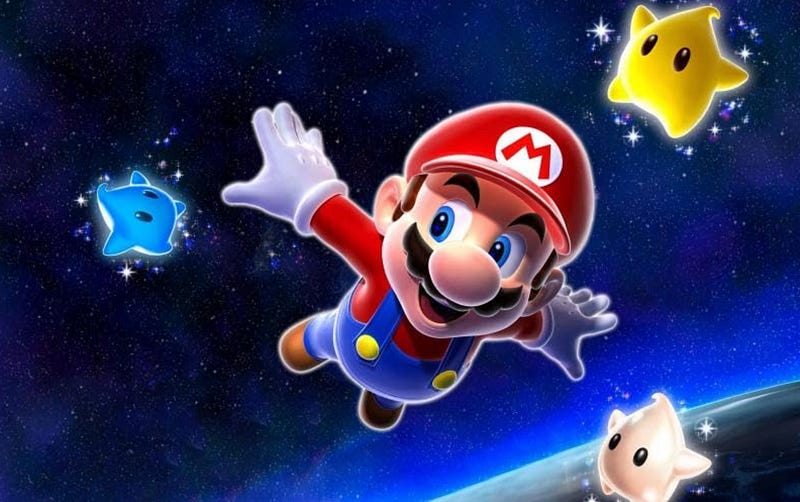‘Super Mario Galaxy’ Was a Shining Philosophical Endeavor for Nintendo
Nearly two full decades after the Nintendo Wii’s release, one game still lingers in hearts like few others
It’s hard to deny that video games shaped my childhood. But most of my life until middle school was spent playing second-hand games on intensively used consoles. With the zeitgeist surrounding the Wii prior to its release slowly mounting, I begged and pleaded with my father for months to get my hands on one come the fateful day of the product la…
Keep reading with a 7-day free trial
Subscribe to The Gen Z Report to keep reading this post and get 7 days of free access to the full post archives.


